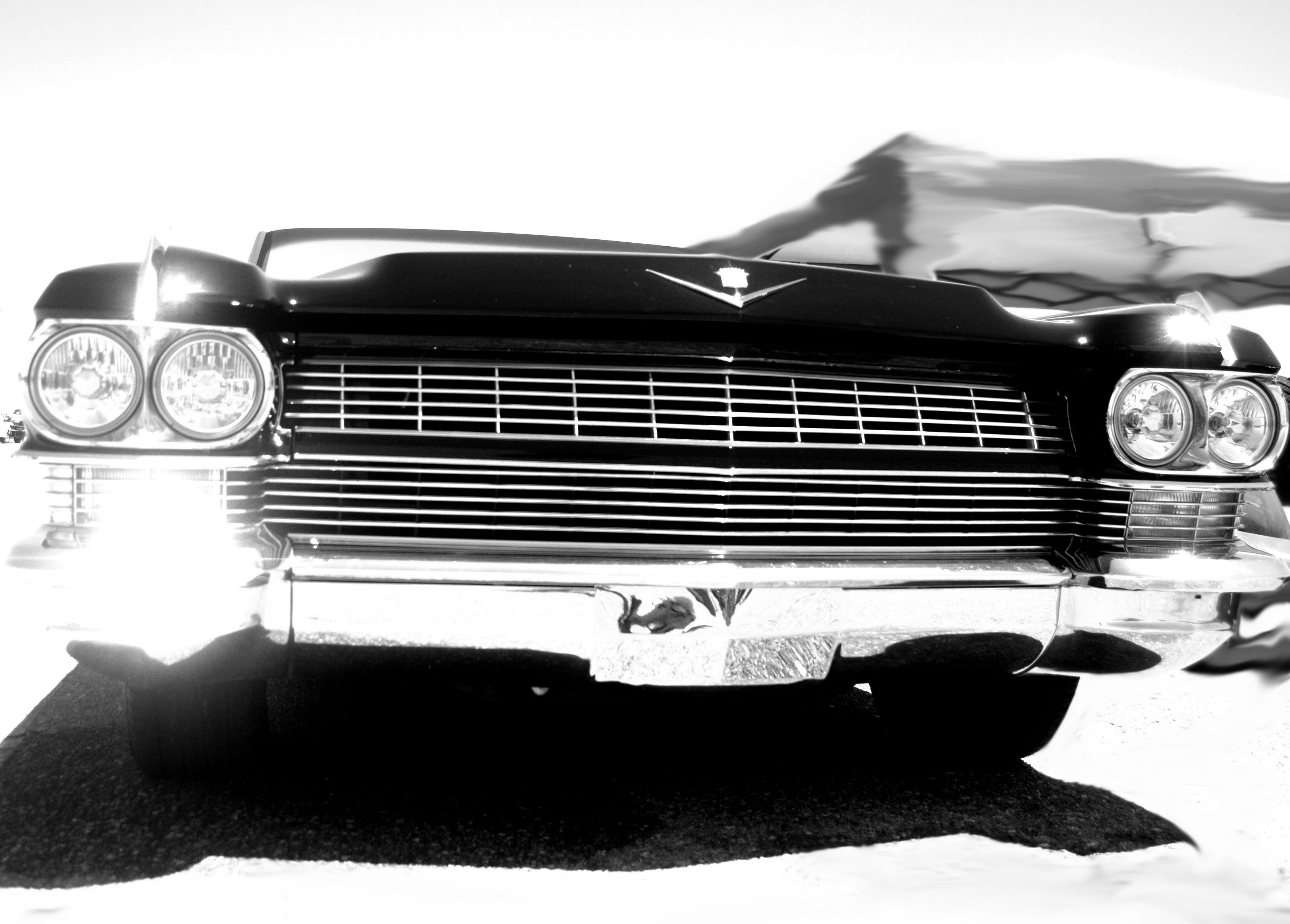Before I start this next segment on the 318, I have to admit that organizing and presenting this work of art (oh..yeah..I’m laughing too!!!!) could have gone in a lot of directions. The two that stuck out the most for me was by year (chronologically) or by brand. Neither was a solid idea and at some point in the ’70s the only thing separating brands within most U.S. car manufacturers wasn’t much more than vinyl vs cloth seat covering. So I decided to go with brands, Chrysler, Dodge and Plymouth, knowing that there we would be some crossover information and it might look a bit disjointed. There’s some good stuff, and a couple of things you might know about the 318.
Chrysler began using the 318 in 1967 and carried that power plant until the late 1990s.
From 1967 to 1971 the 318 carried a 230 hp rating w/ the standard 2 barrel carb, managed 340 ft lb of torque and sported 9.2:1 compression ratio. (that is actually a lower compression ratio than the original Ford 250 straight six I took out of my Mustang). In 1967 the 318 engine was used in the Belvedere, Satellite, Fury, Coronet, Polara and Charger and in 1968 they added as the base option in the Dart GTS and Barracuda.
From 1972 to 1979 the 318 was bounced around in the horsepower arena between 150 to 140. That’s nearly 100 hps lost from the late 1960’s. At lower end of the new scale were the California models with the extra smog control. It was still a mainstay, being the base engine choice for the Duster, Cordoba, Monaco, New Port and unexpectedly the Road Runner, just to name a few. It was never sported anything bigger than a 2 barrel carb and the compression dropped to 8.5.
It didn’t get any prettier in the 80s either, although there a bit of a bump in the high-end of the hp range to 175 hp but the company more than made up for that dropping the lowest number 120. Interestingly, they made the California models with 155 hp and a 4 barrel carb. The compression stayed about the same, but in ’83 – ’90 they made a HD version of the engine that had between 165 to 175 hp, depending on the year and sported a 4 barrel carb. This configuration managed to lay down 240 – 250 ft lb of torque, not too bad in one of the lighter cars, like the Dart, but barely power enough for the big old St. Regis. The 318 was also added to some of the most memorable cars….come on..you doesn’t remember “vooo..la rau….oh..oh…” (Volare )and the LeBaron, and Aspen. Even some larger cars like the St. Regis, New Yorker, Gran Fury (I can’t see any car begin called grand with only 120 hp, but that’s just me.) and the Imperial.
Oh and speaking of the Imperial something interesting happened in 1982 and 1983. That little something was EFI. More on that in the next segment.
Thanks for reading.
Tim

























